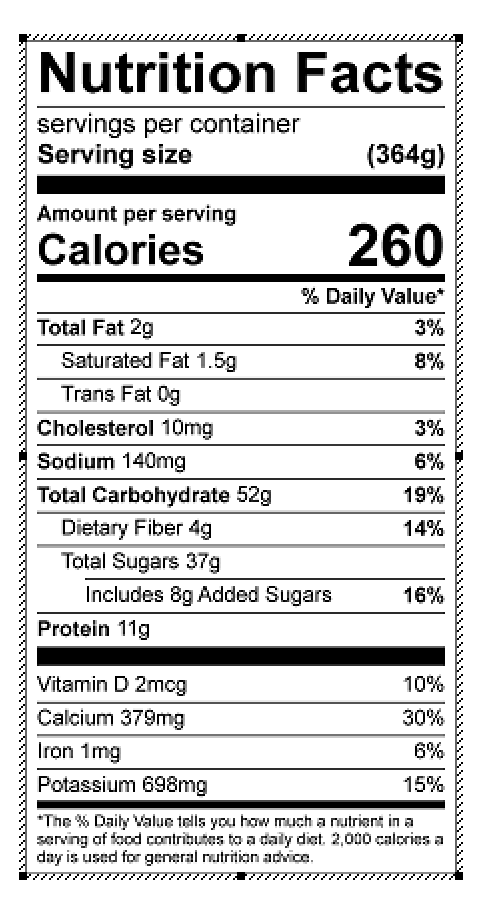Sweet Potato & Kale Recipes

Kale & White Bean Soup
Serves 4
INGREDIENTS
-3 tablespoons extra virgin olive oil
-1 large yellow onion, diced
-4 stalks celery, diced
-2 large carrots, chopped
-6 cloves garlic, chopped
-8 cups water
-2 (15 ounce) cans white beans (cannelloni), drained
-Juice and zest of 1 lemon
-2 bunches fresh kale, ribs and stems remained
-Salt and Black pepper to taste.
DIRECTIONS
- Add oil to a large stock pot and heat over medium-high heat.
- Add onions, celery, carrots and garlic. Saute the aromatics for seven minutes, until the
aromatics are soft and fragrant. - Add the beans and stir until well combined.
- Add the lemon zest and water and reduce heat to medium low. Simmer for twenty minutes.
- Add the kale and stir until the leaves have wilted.
- Turn off heat and season with lemon juice, salt and pepper.
Creamy Thai Sweet Potato Stew
Serves 4
INGREDIENTS
-2 tablespoons sesame oil
-1 yellow onion, sliced lengthwise
-1 tablespoon fresh ginger, minced
-4 cloves garlic, chopped
-3 cups diced sweet potatoes
-1 can coconut milk -2 cups cooked brown rice
-½ cup chopped cilantro
-Salt and pepper to taste
DIRECTIONS
- In a large sauce pan over medium high heat, add the oil and heat until ripples appear.
- Add the onion, garlic and ginger. Saute for three to five minutes.
- Add the diced sweet potatoes and stir for a minute or two.
- Add the coconut milk and a quarter cup of water.
- Reduce heat to low. Simmer for twenty minutes, adding salt and pepper. Stir occasionally.
- When completed the stew should be thick and fragrant. Stir in cilantro and serve atop steamed brown rice.
Kale & Sweet Potato Bolognese
Serves 4
INGREDIENTS
-3 tablespoons extra virgin olive oil
-1 chopped yellow onion
-8 cloves garlic, minced
-1 (28oz) can diced tomatoes
-1 cup sweet potato, small diced
-1 teaspoon dried oregano
-1 bunch fresh kale, stems and ribs removed
-½ cup fresh basil, hand torn
-Salt and pepper to taste
DIRECTIONS
- Heat olive oil over medium high heat In a sauté pan.
- Add the onions and garlic and sauté for three minutes.
- Add the tomatoes and sweet potatoes. Cook for about fifteen minutes.
- Add the oregano and basil. Simmer for another five to seven minutes.
- Add the kale and simmer until the kale leaves are wilted about three minutes.
- Add salt and pepper to taste. Stir in basil.
- Serve a top whole wheat pasta.
National Peanut Butter Day
Peanut butter is one of the most popular American foods, but is it always a healthy choice?
Pros
Peanut butter contains a lot of protein and fiber, which are both important nutrients. It is also energy-dense, meaning a small amount of peanut butter contains a lot of calories. All of this means that just eating a little peanut butter will help us feel full for longer and is a great option when we need a quick energy kick.
Peanut butter is also high in several important vitamins and minerals:
- Vitamin E, which is an antioxidant
- Magnesium, which helps to keep our bones healthy
- Potassium, which helps our muscles and nerves work correctly
- Manganese, which helps the body heal
- Vitamin B6, which helps our bodies use and store energy
- Vitamin B3 (niacin), which helps to lower cholesterol and improve brain function
Peanuts in general are also good for your heart, memory, sleep, and immune system.
Cons
Because peanut butter is energy-dense, eating too much of it can quickly put us over our recommended calorie limits for the day. It is also high in fat and can have added sugars and salt (sodium).
Peanut Butter the Right Way
Peanut butter can be a great option when eaten in the right portion! One serving size of peanut butter is 2 Tablespoons, so don’t go overboard.
When choosing peanut butter, choose all-natural or organic options that only contain peanuts–check the ingredients list on the nutrition label. Beware of added sugars, oils, and salt. Healthier peanut butters will often separate and need to be stirred, so if you see a layer of oil on top don’t worry, just stir! This separation happens because there are no added “binders” to keep the natural oils mixed in.
If you have a high-speed blender or a food processor, you can try making your own peanut butter! Just blend plain peanuts until a paste forms, and feel free to add extras like cinnamon, vanilla flavoring, or raisins.
-Bethany Helm, Student Employee
Sources: https://foodrevolution.org/blog/is-peanut-butter-good-for-you/
Chore-Aerobics: Make Cleaning Active and Fun
Why let chores be a bore when you could turn them into a fun activity the whole family will enjoy? Here are some ideas to help make cleaning and tidying activities that will get everyone moving, working, and smiling!
For Little Kids
- Do chores with one foot, one hand, while singing, taking only giant steps, taking only tiny steps, hopping, or walking backwards.
- Turn chores into a game of Simon Says, giving short and specific tasks like “Simon says pick up the yellow toy as fast as you can.” No one should move unless you say “Simon says.” You can combine this with the first idea too!
For Big Kids
- Time how long it takes one child to complete a chore. Next time the chore needs to be done, time a different child and see if they can do it faster. Add a few minutes or a few seconds if the chore is poorly-done, and keep track of the family’s fastest time!
- Make it a relay race: split up multi-step chores (like making beds, doing laundry, and cleaning bathrooms) and give everyone a specific step. Maybe one person gathers all the dirty laundry and the second loads the machine. For cleaning, one person could sweep and the next could mop. Split into teams and see which team can complete their chores fastest.
For Everyone
- Come up with a secret word and assign an exercise to every room–squats in the kitchen, sit ups in the living room, jumping jacks in the bedroom. Whenever anyone yells the secret word, do 5-10 of the exercise that belongs to whichever room you are in.
- Set a timer or shuffle your favorite playlist. Every time the timer goes off or the song changes, swap tasks with someone else in the house.
Happy New Year! Let’s make 2020 a great year!

We all know the new year is a great time to think about making changes. Don’t let your motivation fizzle out this year! Set goals for the week, month, and year. If we make our goals too big they may seem impossible and giving up seems easier. Starting with smaller goals can help you to achieve your long term goal.
Not sure where to begin with your goal? Check out these ideas to get inspired!
- Prepare more meals at home
Start by making a meal plan for the week. Plan at least two meals at home each week. Once you are able to accomplish this you can increase the number of meals you eat at home each week. Eventually, you can build a habit of preparing most of your meals at home!
- Move More
No matter how active you currently are, you can set goals to reach the activity level you need to be healthy! Set a goal for the number of times you are active each week. Try to increase the number of days first, then focus on increasing the length of time you are active each day. Be creative! If you don’t enjoy a particular exercise try a new one that you might enjoy more.
- Mindful eating
Mindful eating does not have to be anything fancy, just simply thinking about what you eat and enjoying it. Before you eat, ask yourself how much is a serving of that food? Are you taking more than a serving? If so, why? If you are hungry, think is this the only food that will satisfy my hunger? Try eating just one serving and pairing it with something else that will nourish your body and fill you up! If you see something left out in the break room or at an event stop and ask yourself if you are hungry or just eating because it is there? Being mindful of how much and what you are eating can help you to reach your health goals.
-Megan
Healthy Eggnog
Eggnog is a classic holiday drink enjoyed by many. However, it has never been known as a healthy choice.
If you don’t want to miss out on a flavorful tradition, try this healthy eggnog recipe instead!
Makes 2 servings | Serving size: 1 glass
Ingredients
- ½ cup low-fat vanilla yogurt
- ½ teaspoon cinnamon
- ¼ teaspoon nutmeg
- 1 banana (sliced and frozen)
- ½ cup milk, skim or 1%
Directions
- Combine all ingredients except the nutmeg.
- Blend until smooth.
- Serve in a glass and sprinkle with nutmeg.
Nutrition Information Per Serving: 320 calories, total fat 10 g, saturated fat 2 g,
protein 26 g, total carbohydrate 34 g, dietary fiber 5 g, sodium 200 mg.
Excellent source of vitamins A and C. Good source of calcium and iron.
